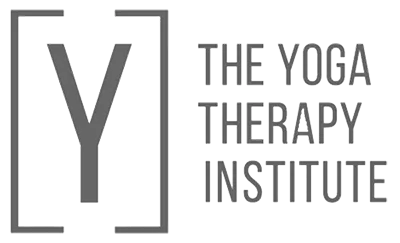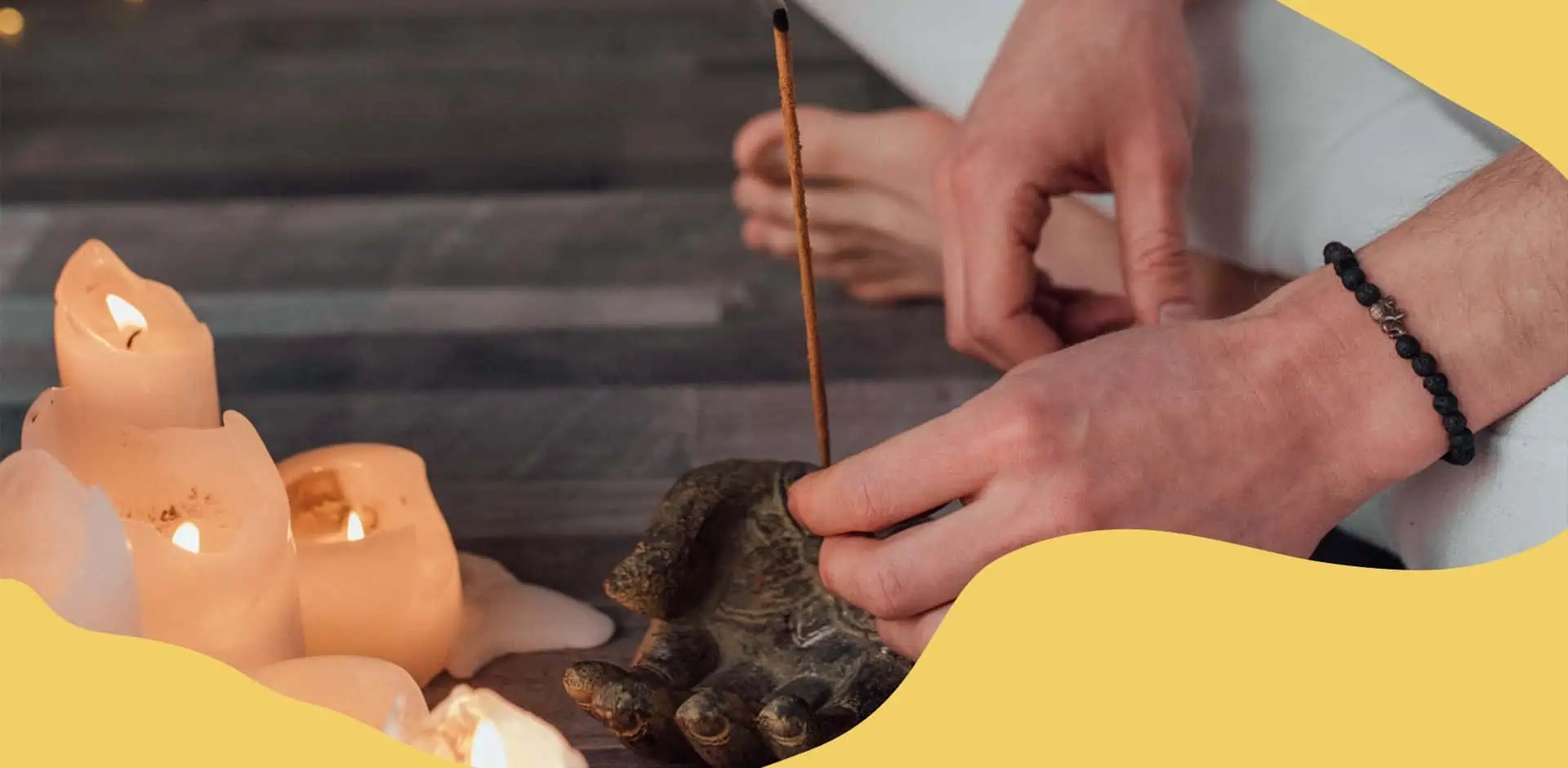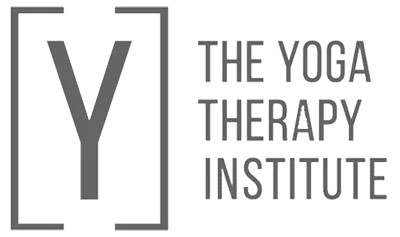
Lineage is defined as ‘direct descent from an ancestor, ancestry or pedigree’. The question of lineage has become a contentious subject of debate within the yoga world. It is an important question that the Yoga Therapy Institute has given much thought to, as part of the fundamentals underlying our teaching and the practice of Yoga Therapy.
In yoga terminology, lineage refers to the historical succession of knowledge passed from teacher to teacher. With the foundation of lineage, a disciple of yoga gains insight not only from his/her own teacher but from all the teachers that came before. The result of lineage is an instruction that is enriched by many perspectives and free from the influence of anyone teacher’s ego.
However, in many instances the single-minded adherence to a specific lineage and its tenets, has given rise to inflexibility, control, issues of consent and unwanted touch, manipulation and even harm in the hands of irresponsible “gurus” – an outcome that is completely at odds with the yogic philosophy of Ahimsa – do no harm.
If we examine the aim of the yogic term ‘lineage’, above, we can infer a more adaptable intention – that enrichment is possible when we approach yoga from many perspectives and acknowledge that with the passage of time, there is a need for adaptability and the natural organic development of any training or discipline.
We recognise the value of ancient texts but they were often written in the form of poetic metaphors that contained intrinsic messages. These were not meant to be taken literally and as such cannot form the basis of modern therapeutic practices. We can retain the spirit and intention but apply them in a modified and more appropriate way. We acknowledge the value of the historical origins but recognise that no discipline can exist or grow in isolation or without adapting to changing times.
Adapting to change creates opportunities for authentic growth and ensures relevancy
Just as language and medical science have adapted to a changing world and acquired new knowledge, so too, the yogic teachings must adapt to remain relevant.
Nowhere is this more important than in the therapeutic side of yoga, which is constantly evolving with advances in scientific research, cross-cultural collaboration, safety protocols, changes in the way we live today and how we apply ethical principles.
Yoga Therapy is primarily a practical modality, which does not follow a specific lineage. It has been founded on the ancient texts and inspired by yogic philosophy but as our knowledge of the biomedical and psychological aspects of human beings grows, Yoga Therapy has modified, let go, added and changed the traditional practices and the way we work with our clients.
The Question of Cultural Appropriation.
This also touches on the issue of cultural appropriation. When yoga is taught by a dominant western culture, with a primary focus on asana, without an awareness of the history, roots and complexities of yoga’s true aim and the culture it has sprung from and being ignorant of the meaning and context of yoga practices and philosophy, we can talk about an appropriation of a culture. However, if there is authentic cultural exchange, harmony and understanding, it becomes a force for unity, rather than dissension and mutual growth, cross-cultural connections and authenticity follow. To be true to the spirit of unity propounded by yoga, we need to remove the restrictions and barriers presented by race, culture, gender, age, space, affordability, identity and even the history itself.
In the same way that there were many cross-cultural influences in the development of yoga as we know it today, Yoga Therapy is an amalgamation of many disciplines and fields of study. Whilst it respects the history and context of yoga, it is not stuck in the past, wedded to a specific lineage or any one culture. Yoga Therapy practices are, in essence, all about adaptation, accessibility and flexibility within the framework of the multidimensional 8 limbs of yoga.
Yoga Therapy values the importance of bridging the differences between cultures in the pursuit of effective interaction and the creation of a complementary modality that offers today’s clients a practical solution to their health concerns. In an era of globalisation, cross-cultural education is hugely important and mutually beneficial. The essence of yoga remains unity!
Sensitive adaptation is intrinsic to Yoga Therapy
How can we as Yoga Therapists address a legacy of past injustices through our teaching practice? In addition to asana, we need to understand the depth of practice beyond the postures, the context, respect the history with its many branches and practices and teach within a multidimensional framework. In our therapeutic practice, we do not use Sanskrit or long Sanskrit mantras, which may create barriers between us and our clients or reduce the accessibility of Yoga Therapy; practices are adapted to best serve the client, not the other way round, we work in a trauma informed way with a strict code of ethics and safety protocols, we work from a place of inclusion and equality and have moved away from extreme assertive yogic practices that are now considered to be unsafe or harmful; In doing so, we hope not to perpetuate the same mistakes, injuries and abuses that have marred the practice and teaching of yoga.
In essence, Yoga Therapy is about accessibility, universality, empowerment and safety, freedom from ties to any one lineage or hierarchies and regulated to ensure ethical and responsible practices in order to support health and wellbeing in an individualistic way.
Change your opinions – Keep your principles – Change your leaves – Keep intact your roots
Victor Hugo









